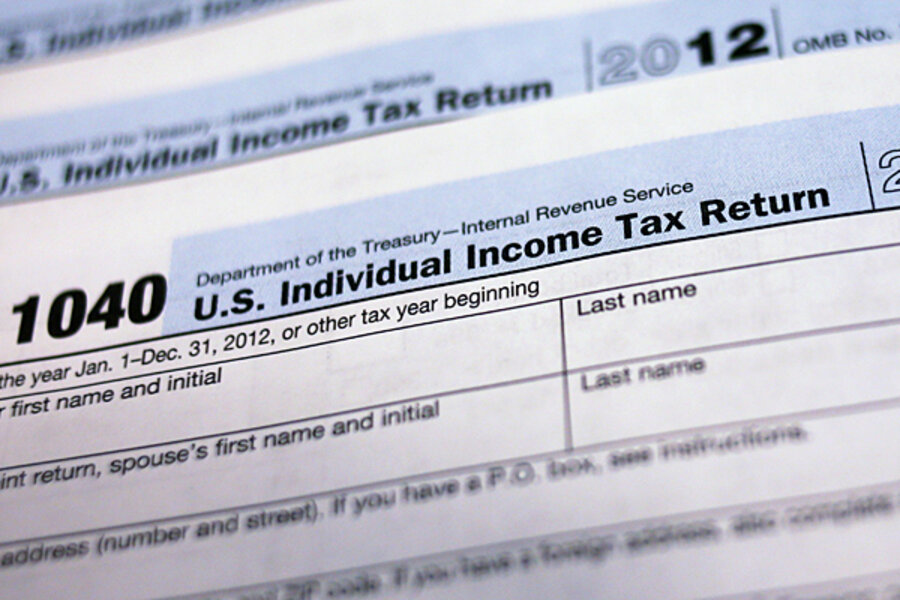Fewer Americans are paying no federal income tax. Why?
Loading...
The percentage of Americans who pay no federal income tax is falling, thanks to an improving economy and the expiration of temporary Great Recession-era tax cuts. In 2009, the Tax Policy Center estimated that 47 percent of households paid no federal income tax. This year, just 43 percent will avoid the tax.
TPC’s 2009 estimate went viral during the following tax season and then played a supporting role in last year’s presidential election. Many commentators misinterpreted the estimate as saying that nearly half of all households paid no tax at all when, in fact, nearly everyone pays something. Even if they don’t pay federal income tax, Americans almost all pay Social Security and Medicare payroll taxes, state and local sales taxes, excise taxes, or some other levy.
This new TPC whiteboard video explains what’s really going on and why the number of people paying no federal income tax is falling.
The new TPC estimates project that the fraction of households with no federal income tax liability will continue to fall over the next decade. By 2024, only one-third will pay no income tax.
Of the 43 percent of households that will owe no federal income tax this year, nearly half will be off the rolls because their incomes are too low. The rest won’t pay because preferences wipe out the taxes they would otherwise owe. Many of those preferences, such as the Earned Income Tax Credit and the Child Tax Credit, are social policy run through the tax code. If those provisions were considered spending rather than tax cuts, many more people would be counted among income tax payers. (Indeed, for budgetary purposes, much of the value of those tax credits is considered an outlay.)
Fully two-thirds of households that pay no federal income tax have workers that pay payroll taxes. Most American workers pay more in Social Security and Medicare payroll taxes than income taxes. Just 14 percent of households pay neither income nor payroll tax and two-thirds of them are elderly.
Most of the rest are younger households with no workers and income under $20,000. They pay no income taxes because they have little or no income. The remaining 1 percent mostly benefit from the tax code’s many exclusions, deductions, exemptions, and credits that wipe out the income tax they would otherwise owe.
Even the 14 percent of households that pay neither income nor payroll tax do pay other taxes. Most of us bear some of the burden of the corporate income tax through reduced earnings in our retirement and investment accounts or somewhat lower wages. Anyone who buys gas, tobacco products, alcoholic beverages, or airplane tickets pays federal excise taxes. And it’s nearly impossible to avoid all state and local taxes—the income, sales, and property taxes that support state and local governments.
The notoriety of the 47 percent figure has come largely from a misunderstanding—or less charitably, a misrepresentation—of what that number actually means. Check out the video and learn the real story about why people pay no income tax and why the number of those who don’t is falling.







